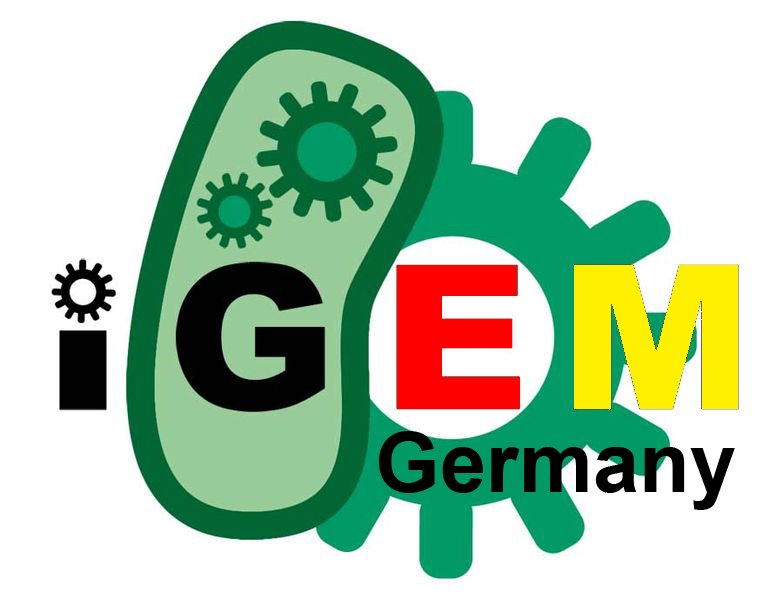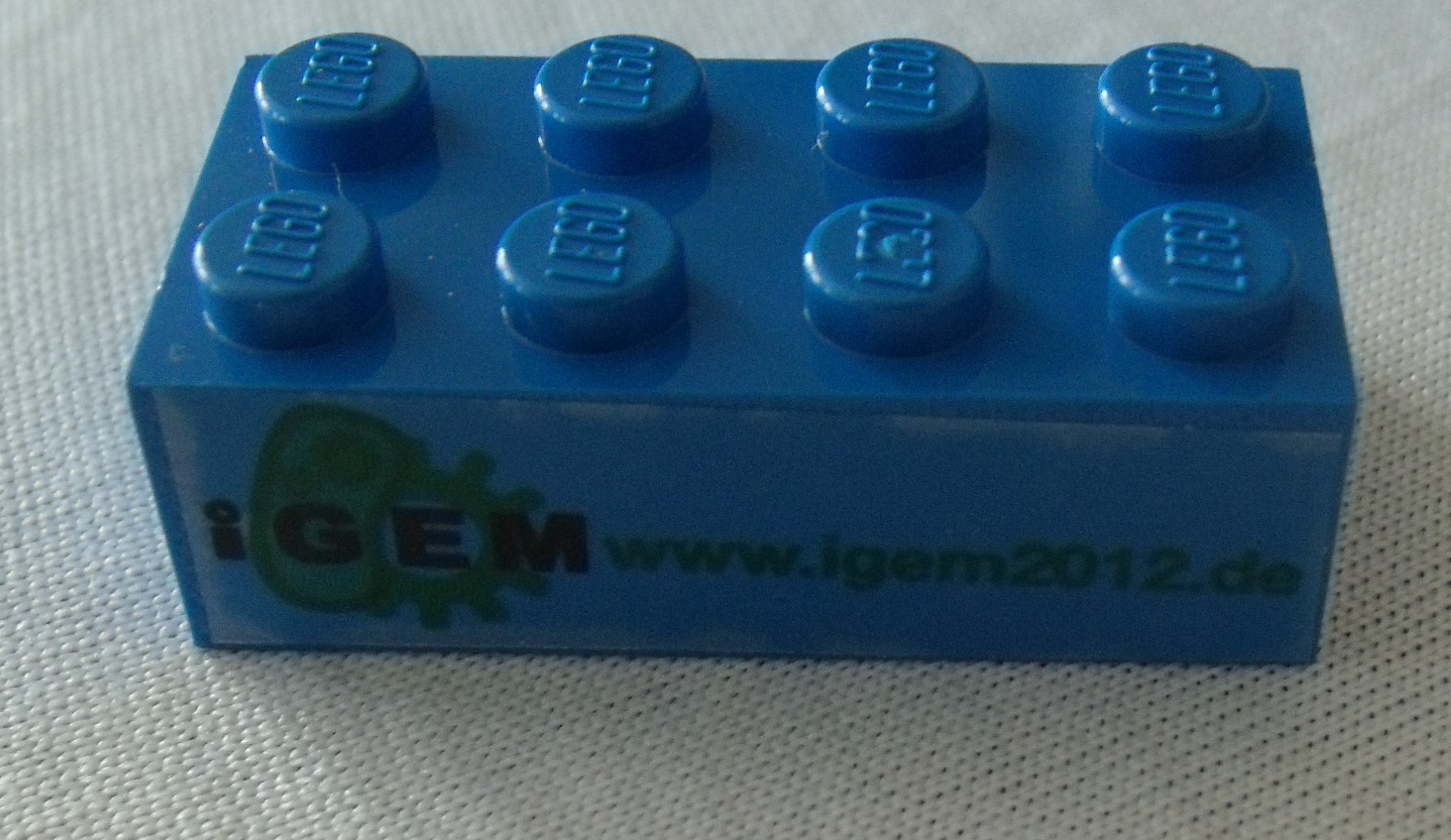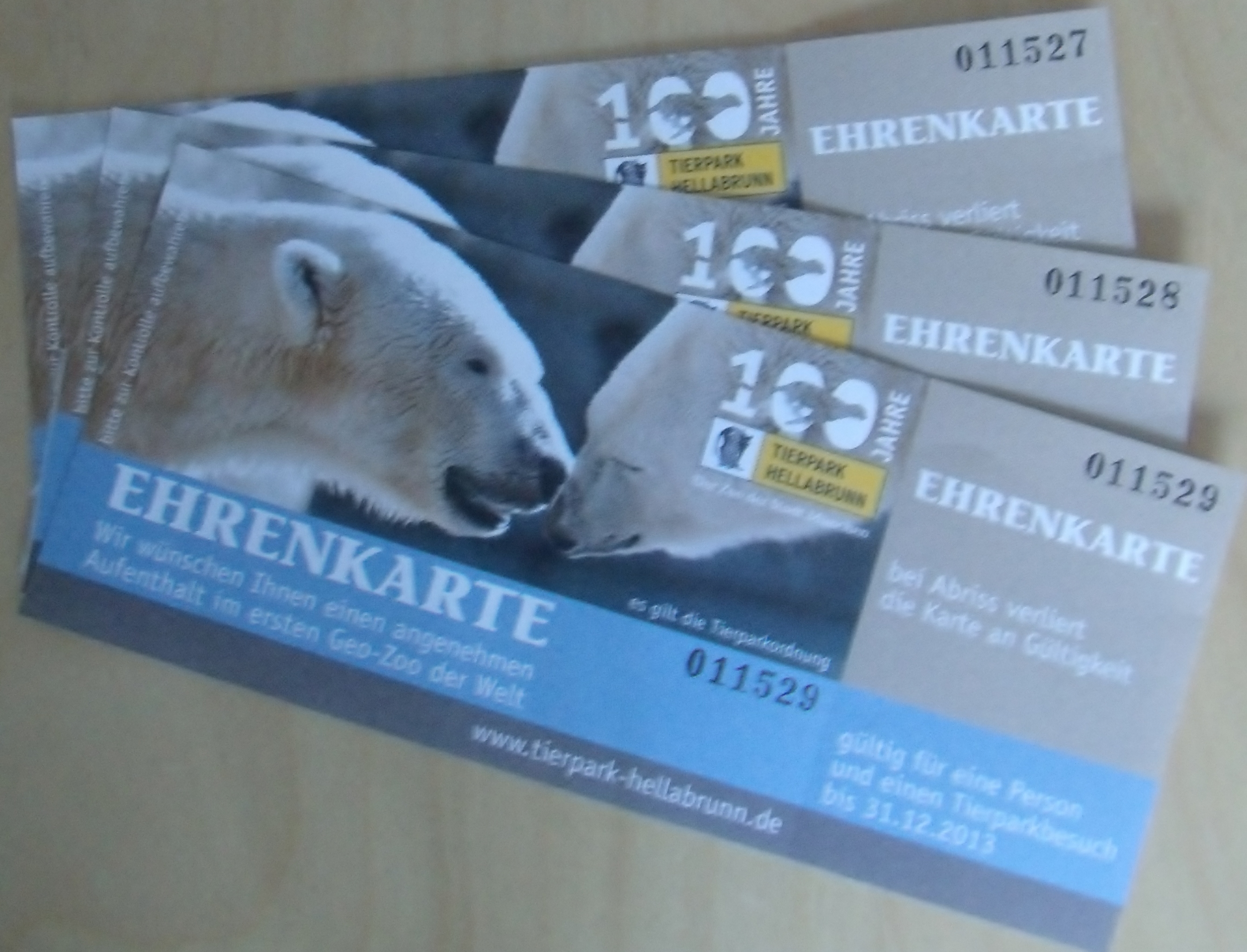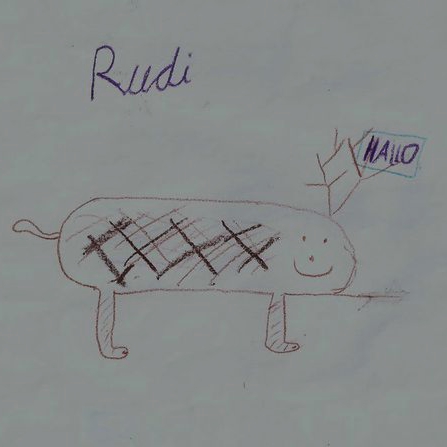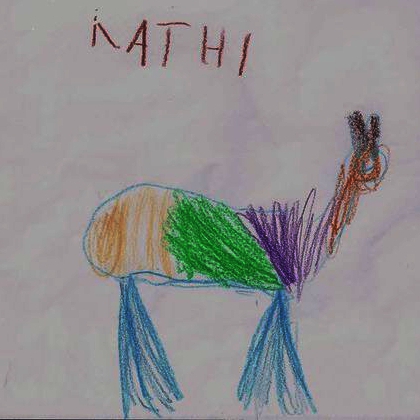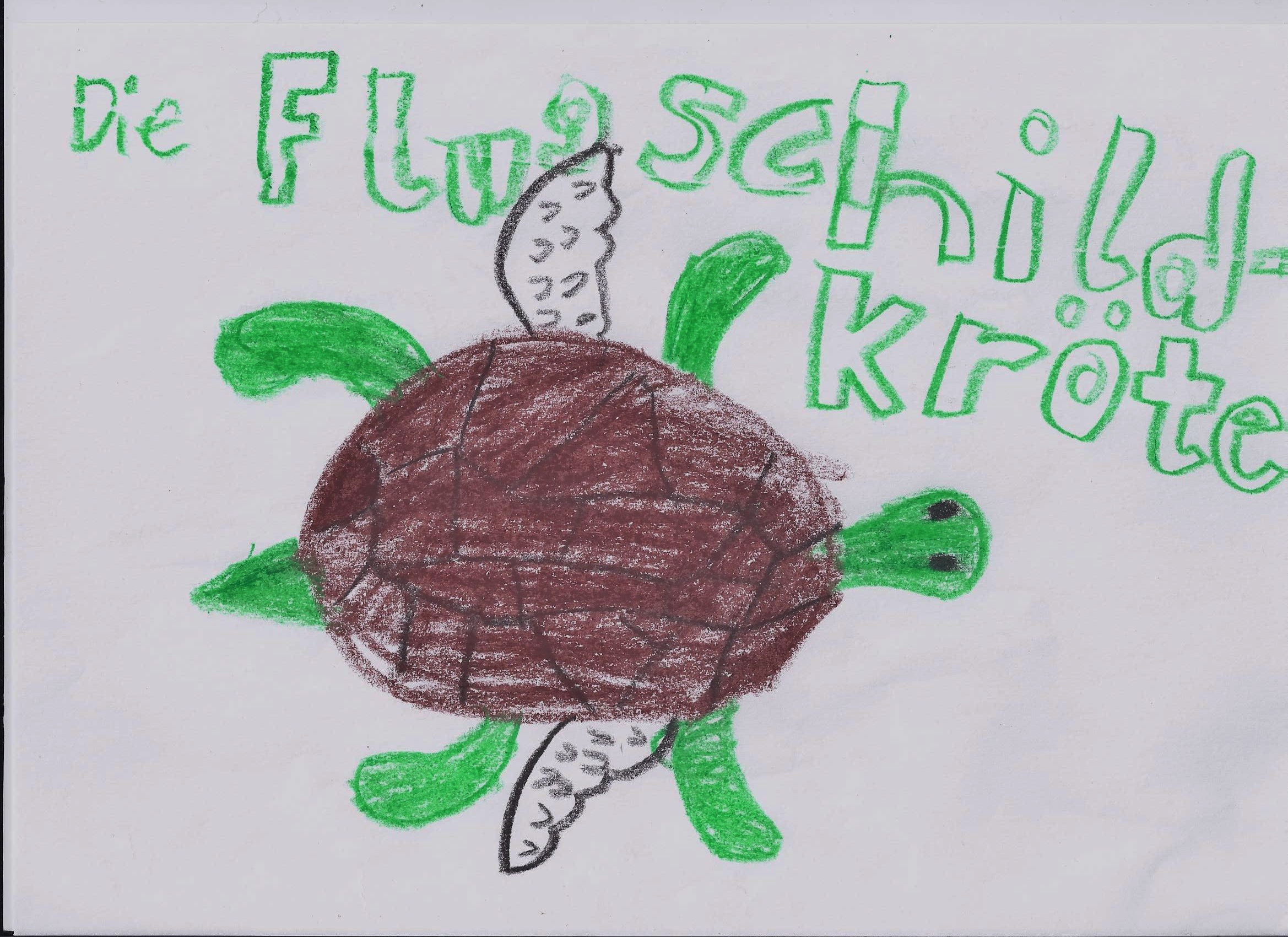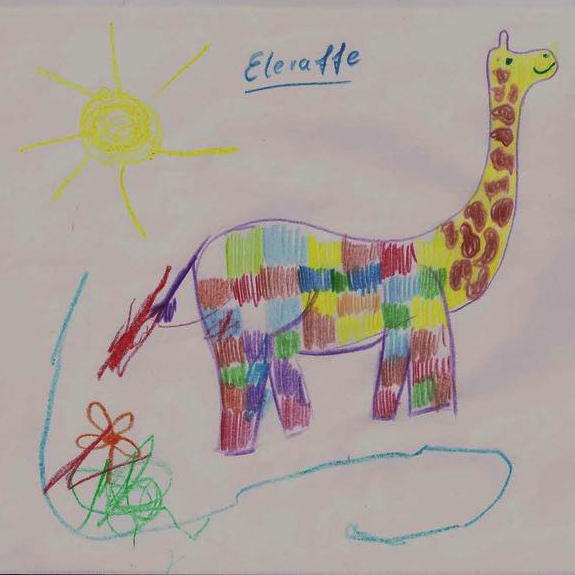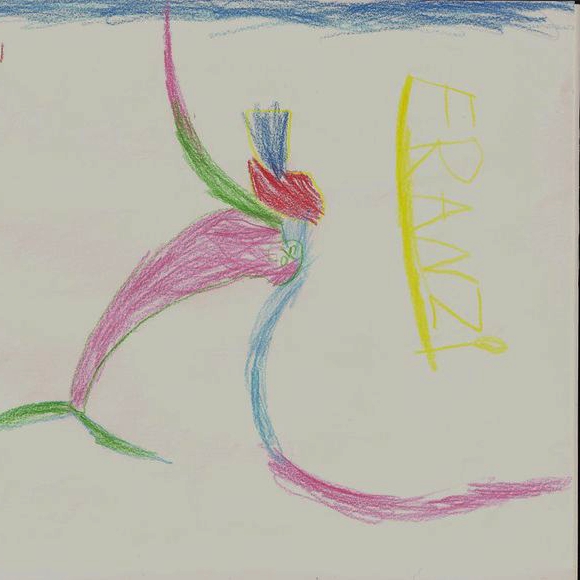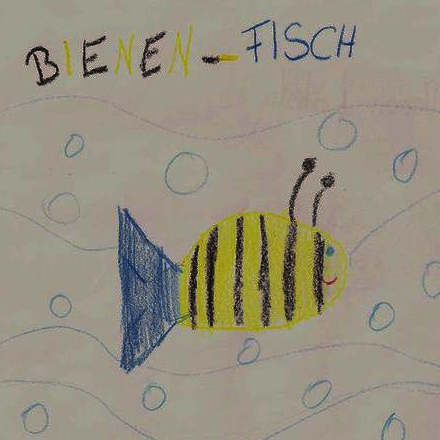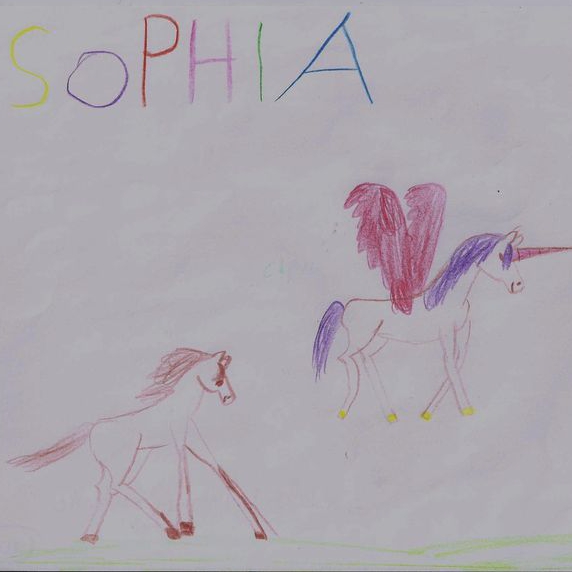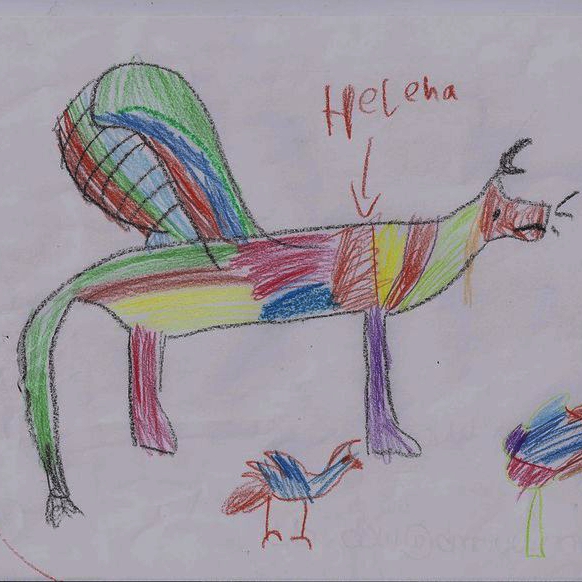Team:TU Munich/Human Practice/Information Day
From 2012.igem.org



Contents |
iGEM Germany action day for synthetic biology
Background Information
At the conference in Berlin organised by the Federal Ministry of Education and Research all German iGEM Teams decided to take part in a Germany-wide "Action Day" at the 25th of August. The idea was to raise awareness of iGEM and Synthetic Biology in Germany. The iGEM teams worked together to put this idea into practice. We wrote a press release for all teams that was published in several newspapers all over the country. You can read it at the bottom of this page.
Each iGEM Team organised a kind of "SynBio Action" in his hometown at the 25th of August. We had an information booth in the city of Munich that we shared with the other Munich iGEM Team (LMU). During the day we informed the people about Synthetic Biology, iGEM and our project. Although many people in Germany are critical about genetical engineering, they were really interested in iGEM and our project, mainly because it deals with beer. Yet many people argued that they don't support genetically modified food. They are afraid of eating it because they don't know if it interfers their body functions.
However we organised a poster, information materials and handouts to explain the basics of genetical engineering and Synthetic Biology. Almost everybody liked the idea of iGEM and that we are so ambitious to take part in it. Especially the transparence of this competition and the concept of standardization by BioBricks was favoured.
What we did
To inform the people about Synthetic Biology we had two booklets of the Federal Ministry of Education and Research. One of it was entitled "Hier steckt Biotechnologie drin" (There's biotechnology inside), the other one "Weiße Biotechnologie" (white biotechnology). Besides we prepared an information material to present iGEM and the two projects of the Munich iGEM Teams. Last but not least SCNAT(Swiss Academy of Science) provided us a Comic about Synthetic Biology that we distributed. To adress the kids with scientific topics and to explain them the principles of standardized parts, we provided them Lego bricks at our booth and they build creative constructs. Besides many kids took part in our painting competition. The topic was to paint an animal that possesses at least one other feature of another animal.
Conclusion
All in all the booth was a raving success. Our place directly at the beginning of the pedestrian area was great because a lot of people passed our booth. We stood there for four hours on a sunny day and it was never boring. Our project rose awareness rather easily, because the topic "beer" is a good starting point for a short discussion. The people know about it, it is comprehensible and therefore cathpenny. The oportunity to talk with one of us and let the children paint in the meantime was a convincing concept. We did our best and are convinced that almost everybody who talked with us on the 25th of August at least understood the concept of BioBricks and the analogy with the Lego Brick. All in all it was fun for us and the pedestrians, as you can see on our pictures. It was astounding that it was easy to talk with the people about Synbio when we told them about the project and the beer. This was a very good introduction which the people could understand and which was not to complex. So our good discussions with the people is owed to our "endproduct"
Children painting contest illustrating synthetic biology
The idea behind the painting contest was to explain Synthetic Biology to kids in a rather simple way. It was explained that they can transfer a feature from one animal to another animal to create a completely new one. Then we had a short talk about our project and told them that we are doing exactly the same thing, but with smaller organisms and mostly features from plants. In the end there was a comparison between the features and a lego brick, so that it got clearer that really everything can be combined with everything within this competion. After that they got a lego brick as a present and started painting. To have an impulsion the kids could win 10 tickets to the "Tierpark Hellabrunn", the zoo in Munich.
The winning pictures were:
Press release in English
What Lego Bricks and Biology have in common
On the 25th of August the German iGEM Teams held a German-wide actionday. In [City] Students of the [University] informed about synthetic Biology and the iGEM competition. Students of the [University] participate this year, like the last years too, in iGEM. iGEM is the abbreviation for international Genetically Engineered Machine competition“. This international competition in the field of synthetic Biology is held at the Massachusetts Institute of Technology, Cambrige, since 2003. Within the years iGEM got one of the most famous competition, in the steadily growing field of SynBio. In the last year 160 student teams from all over the world participated.
Synthetic Biology is an interdisciplinary field of study, combining molecular biology, chemistry, engineering, biotechnology and IT.
The aim is to create new biological systems which have certain characteristics and features and do not exist naturally. Integrated in an organism these features are transferred. These systems are created in a modular way what is the gist of SynBio and iGEM. These biological systems are created from single gene parts, calles BioBricks. Similar to Lego bricks these Biobricks can be combined in different and new ways. For the completion the teams can use BioBricks from the Registry of Standard Biological Parts, comparable to a box of different Lego Bricks. There is no limit, anything is possible.
The teams have half a year to realize their project, either using existing BioBricks or creating new ones. The projects vary a lot, one team faces environmental problems, others build very sensitive biosensors and another team deals with medical problems. In the beginning of November the teams present their projects and the results at the “final” at the MIT to the other teams.
The [university] has this year again an iGEM Team. It is dealing with [short description]. If you want to know more about the project come on the 25th of August between [time] and [time] to the information booth at [place]. The action day takes part in several German cities, the team inform about iGEM, synthetic biology and their project
Press release in German
This is the press release which was used from all German iGEM Teams participating in the Action Day
Was LEGO Steine mit Biologie zu tun haben
Am 25.08.2012 laden die deutschen iGEM-Teams zum deutschlandweiten Aktionstag. In [Ort] informieren Studenten der [Universität] über Synthetische Biologie und den iGEM Wettbewerb. Wie in den vergangenen Jahren nehmen Studenten der [Universität] auch in diesem Jahr wieder an iGEM teil. iGEM steht für „international Genetically Engineered Machine competition“. Dieser internationale Wettbewerb im Bereich der Synthetischen Biologie wird seit 2003 jährlich am Massachusetts Institute of Technology in Cambridge (USA) ausgetragen. Über die Jahre hat sich iGEM zu einem der bedeutendsten internationalen Ereignisse auf dem rasch wachsenden Feld der Synthetischen Biologie entwickelt. Allein im letzten Jahr nahmen über 160 Studententeams aus der ganzen Welt an iGEM teil. Die Synthetische Biologie ist ein interdisziplinäres Forschungsgebiet, in dem die Fachbereiche Molekularbiologie, Chemie, Ingenieurwissenschaften, Biotechnologie und Informationstechnik verschmelzen. Ziel der Forschung ist die Entwicklung neuer, in der Natur nicht vorkommender, biologischer Systeme, die bestimmte Eigenschaften und Funktionen besitzen. Werden diese biologischen Systeme in einen Organismus eingebaut, verleihen sie ihm die gewünschten Eigenschaften. Der modulare Aufbau der neuen biologischen Systeme ist das Kernstück der Synthetischen Biologie und des iGEM Wettbewerbs. Die biologischen Systeme werden aus einzelnen genetischen Bausteinen, den sogenannten BioBricks. aufgebaut. Ähnlich wie LEGO Steine können die genetischen Bausteine miteinander zu neuen Kombinationen verknüpft werden. Für den iGEM Wettbewerb können die Studententeams aus der Registry of Standard Biological Parts, vergleichbar mit einer großen Kiste unterschiedlichster LEGO Steine, verschiedene BioBricks auswählen. Der Kreativität der Studenten sind dabei fast keine Grenzen gesetzt. Die Studententeams haben ein halbes Jahr Zeit, um mit Hilfe bestehender oder selbst entworfener BioBricks innovative Forschungsprojekte aus dem Themengebiet der Synthetischen Biologie umzusetzen. Die Wettbewerbsbeiträge sind ganz unterschiedlicher Natur. Während sich die einen mit Umweltfragen auseinandersetzen, bauen die anderen hochsensible Biosensoren, andere wiederum beschäftigen sich mit tiefgreifenden medizinischen Problemen. Anfang November präsentieren die einzelnen Teams ihre Ergebnisse auf dem großen Finale am Massachusetts Institute of Technology in Cambridge. Die [Universität] stellt erneut ein iGEM-Team. Dieses Jahr setzt es sich mit [kurze Beschreibung des eigenen Projekts]. Wer mehr über das ambitionierte Projekt erfahren möchte, kann sich am 25. August 2012 zwischen [Anfangszeit] und [Endzeit] Uhr am Informationsstand am [Ort des Informationsstandes] informieren. Neben dem persönlichen Austausch, gibt es umfangreiches Informationsmaterial und [Platz für spezielle Angebote vor Ort].
Der deutschlandweite iGEM Aktionstag findet in ausgewählten Städten Deutschlands statt. Die jeweiligen Teams informieren über Synthetische Biologie, iGEM und die Projekte der jeweiligen ortsansässigen Teams.
 "
"
